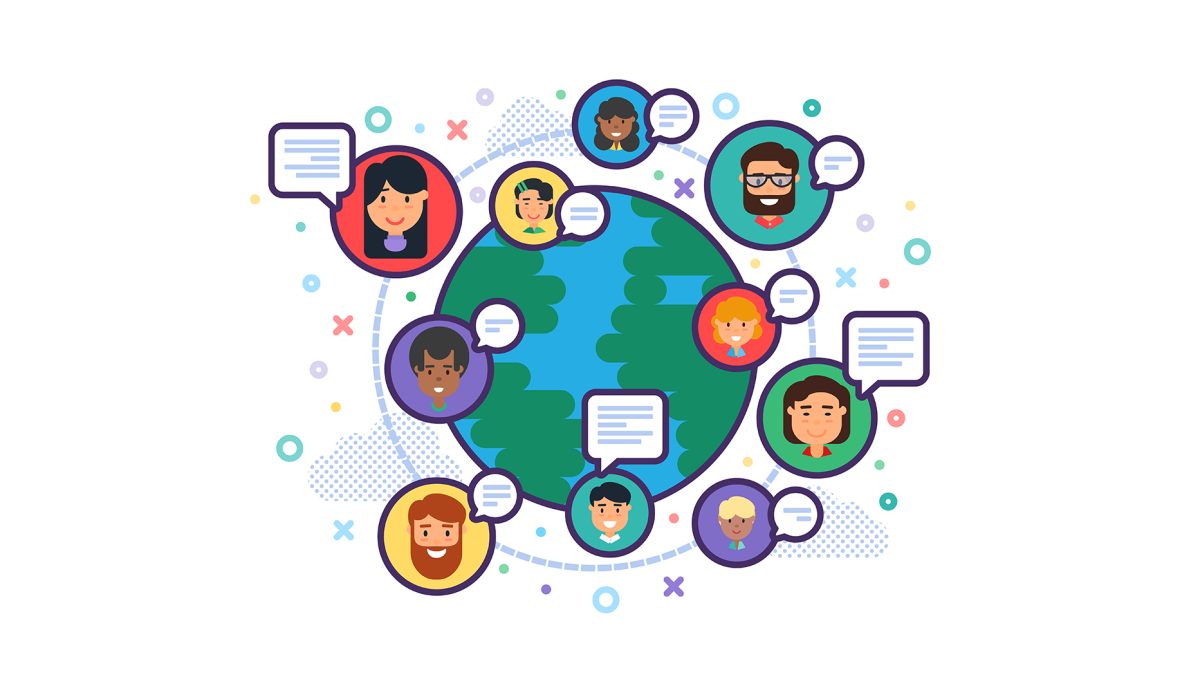Learning languages is always a fascinating experience. With 195 countries, there are more than 7,000 different languages. There are people out there who can speak multiple languages fluently and achieve the distinction of being multilingual. By being multilingual, one can improve their communication, conscious thinking, and learning. While it is helpful, learning your primary language is just as important since it is very important for development.
Language acquisition is the process by which humans can comprehend and produce language. It involves structures, rules, and representations that influence human development. Patterns of languages emerge from the general processes of evolution.Understanding the basic components of language helps us comprehend the structure of language acquisition. Human language evolves around two skills: receptive and productive. Receptive language occurs during the comprehension point in a language. This includes listening and reading. Productive language involves the articulation of words in a speech, as in speaking and writing.
Receptive and productive utilize language’s four basic structural components: morphology, semantics, syntax, and pragmatics. Morphology is the study of words. It included principles such as how they are formed and how the words relate. Morphology investigates the structure of words in terms of morphemes, the smallest unit in a language with independent meaning. Semantics refers to the study of linguistic meanings. It relates to both the meanings of different words and expressions. Syntax is the arrangement of words and phrases to form well-formed sentences. Essentially, it is the process of combining morphemes to create different meanings from the original word. Lastly, pragmatics refers to the system of patterns that determine how humans can learn language in specific social settings.
Language acquisition does not stop here, however. Other branches such as phonology and textual grammar are built on top of the four basic structural components of language. All of these literate control of language constructs additional complex social, cognitive, and linguistic structures in the brain.
So how exactly does language acquisition begin? Language acquisition begins before a child is even born. In the womb, a fetus can feel physical sound waves through the amniotic fluid, a liquid that surrounds the unborn baby before pregnancy. They can pick up the general intonation rather than specific words. Once the baby is born, their initial communication starts through cries, gestures, and facial expressions. They notice when a word or phrase is new and can distinguish between two sounds in any spoken language until they are 6 to 12 months old. At that age, babies lose the ability to distinguish sounds that are not relevant to any languages they are exposed to. This helps them pay attention only to the sounds that are important for their development.
As infants grow up, they start to babble and produce sounds. At 1 year old, they begin saying their first words. During this age, they may also systematically use a word and a gesture. This means that they are close to saying two-word phrases, which marks real progress in language acquisition.
Researchers hypothesize that children continue to develop languages by mimicking the people around them. While it is true that outside input influences how well a child can perform, children can figure out how to form different words on their own, such as pluralization. Kids can conclude for themselves how to change a singular word to a plural. By using knowledge they already know, they can deduce new expressions and reconstruct it as a system in their heads.
Nonetheless, language acquisition is not a linear skill. While learning a new rule in the language, children often extend the rule and make mistakes in words they originally knew. Luckily, this is a sign that they are learning rather than it being considered of them going backward. Throughout their learning process, they will learn new rules and hit certain milestones within a range of ages, while also dealing with certain setbacks depending on their ability to learn.
Exposure to at least one language in infancy provides the foundation that allows you to advance your language skills and additional languages later in life. Learning a second language is a great way to understand the deeper complexity of language acquisition. It gives you another perspective of how language works and being able to communicate with others. And if you are truly dedicated to learning languages, maybe one day you will be able to speak all 7,000+ languages.


